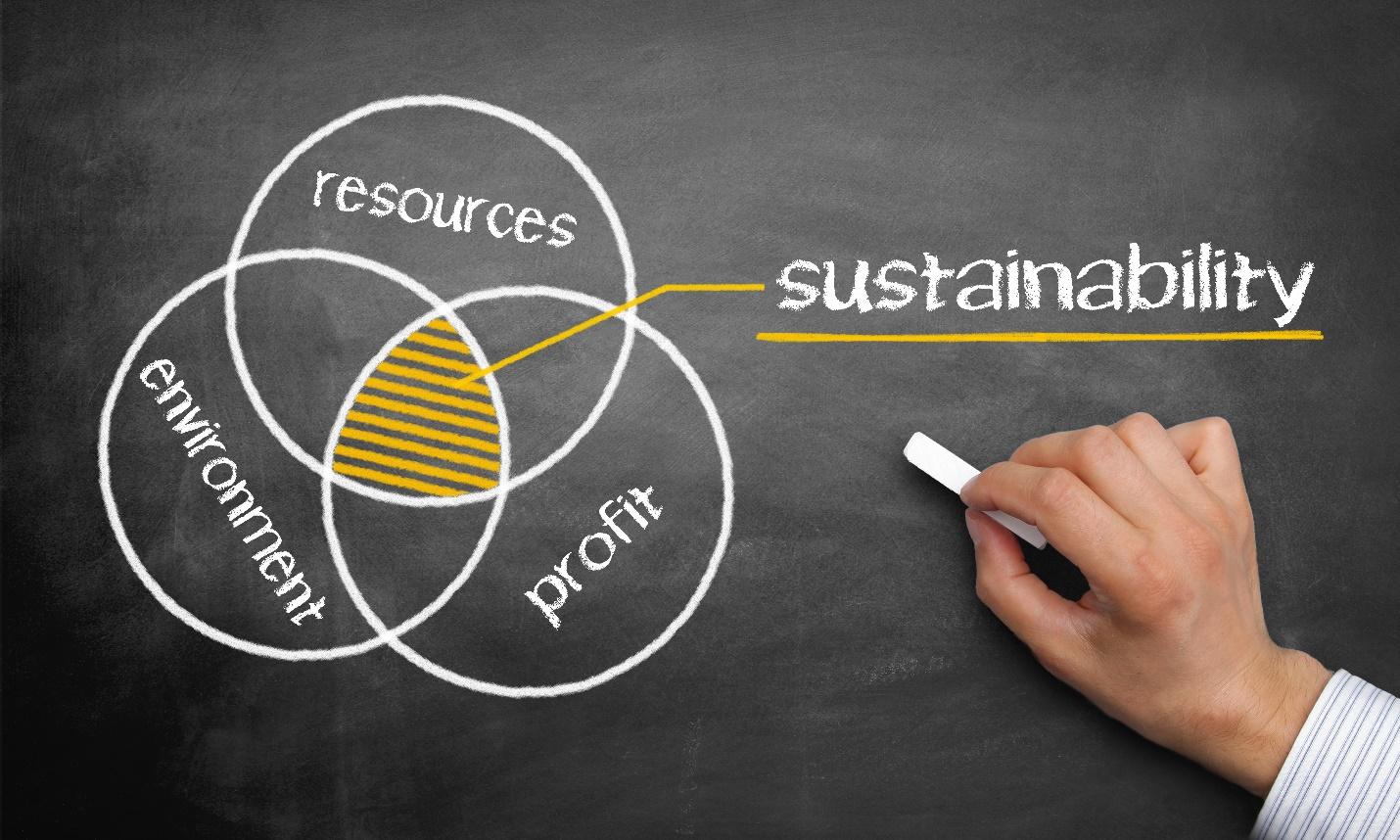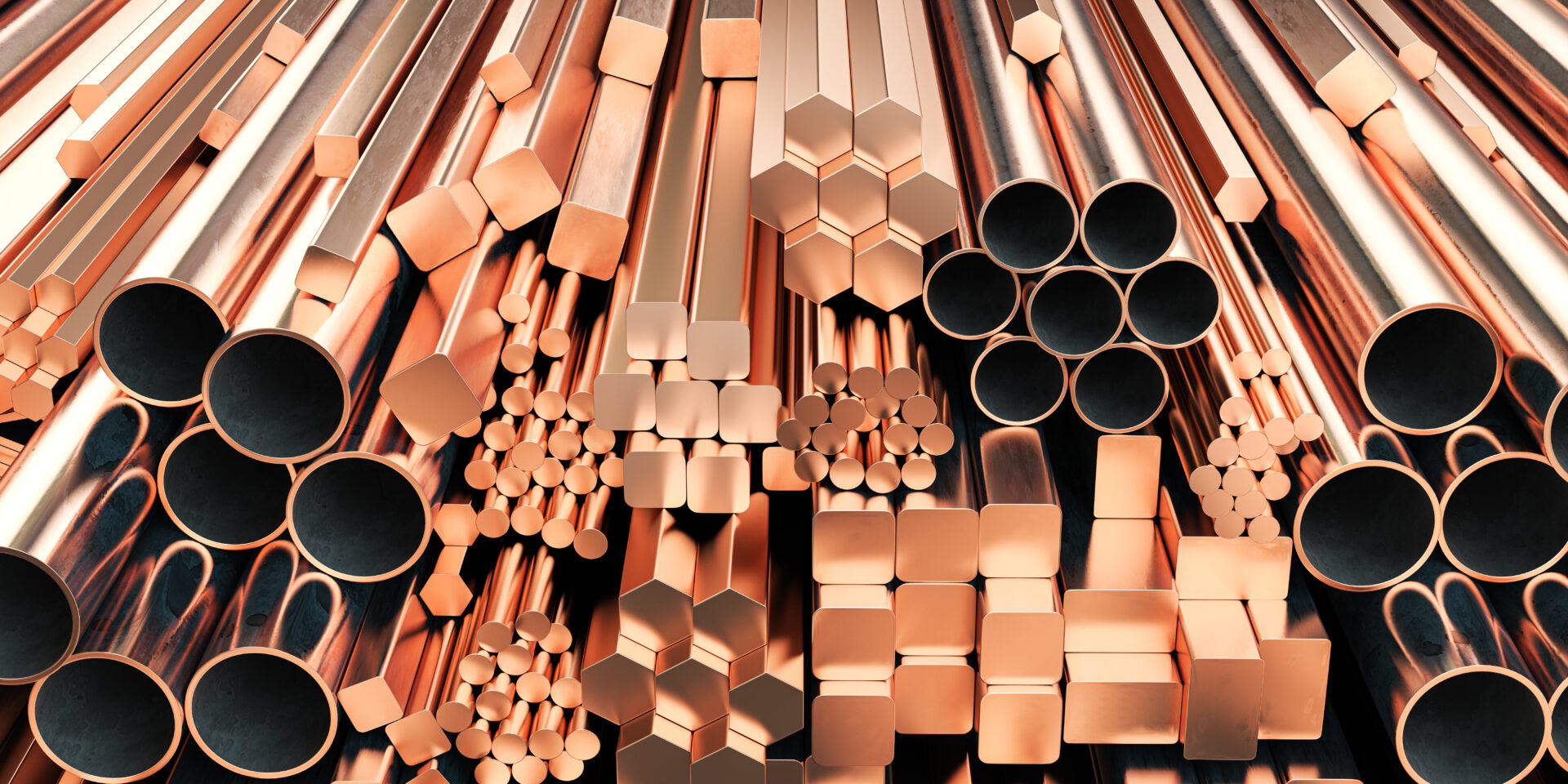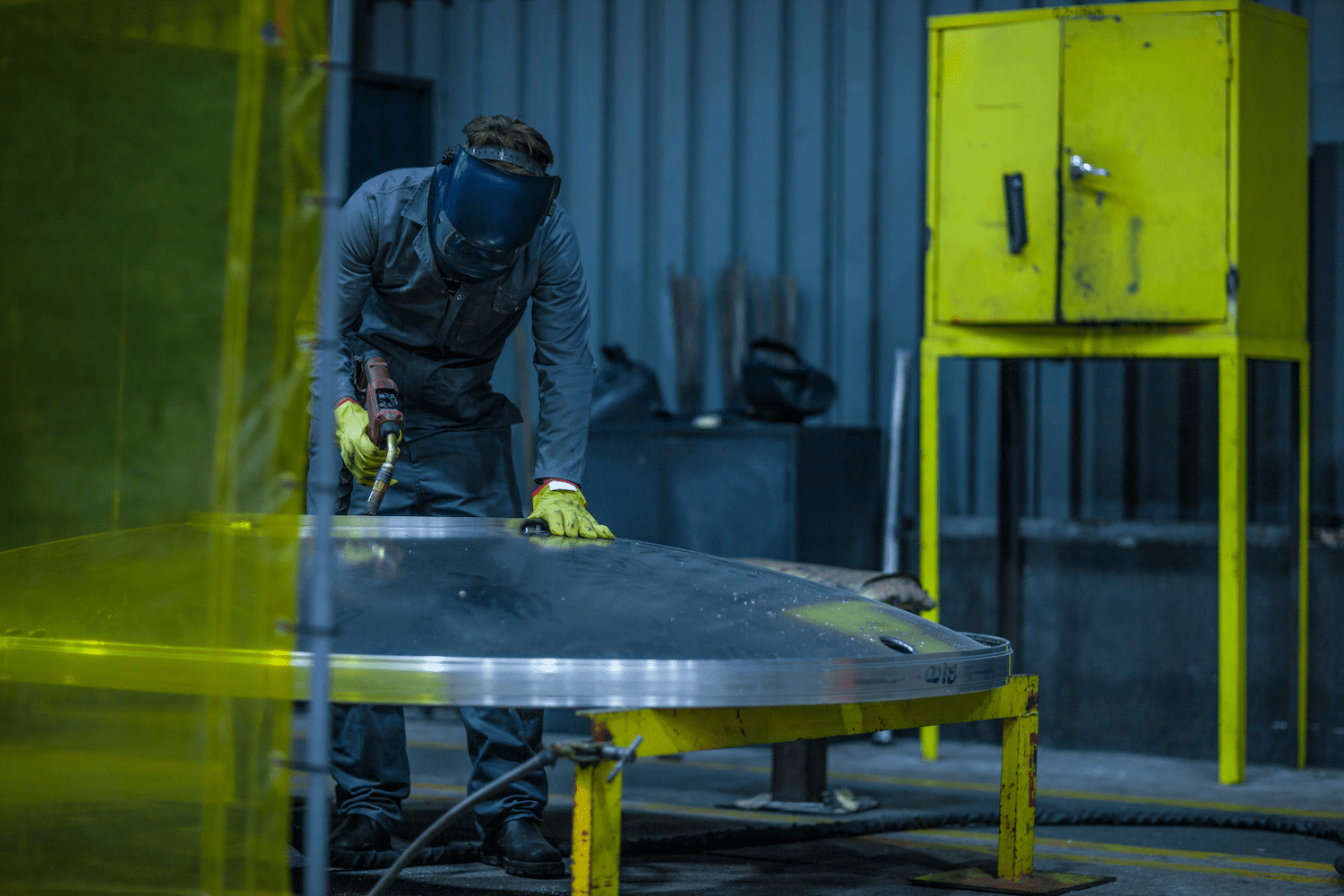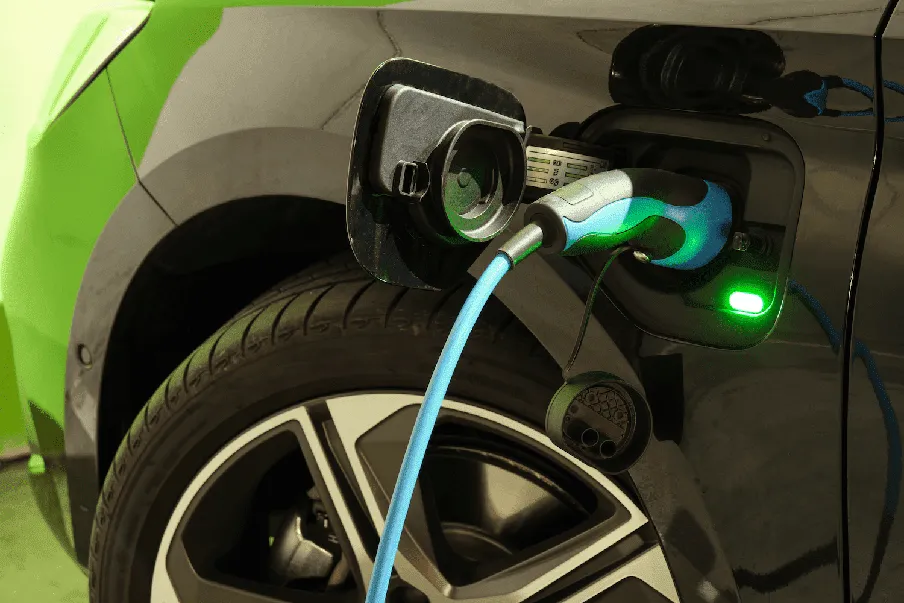
Globals sustainability with scrap metal starts simply. It starts with your car.
What does your car have to do with energy and sustainability? A lot actually.
The car you drive today will inevitably end up in either one of two places, a landfill or recycling facility.
And you want it to end up in the latter, not the former. You want it to be recycled.
- Did you know that recycling one car can reduce greenhouse gas emissions by 8,811 pounds of carbon dioxide?
- Did you know that 80 percent of a car is recyclable?
- Did you know that the car recycling industry saves about 85 million barrels of oil annually?
It’s easy to see from those numbers that the scrap metal of a car is essential in the reduction of greenhouse gasses and the preservation of our natural resources.
It’s important to recycle scrap metal, it’s that simple.
Think of it this way: when people take their scrap metal and opt to recycle it rather than throw it out, that enables new products to be made from what would otherwise be considered “junk.”
In 2017, for example, the U.S. made most of its steel and aluminum by recycling scrap metal. In other words, new products that consumers or businesses are purchasing today have come from what’s being discarded from demolished buildings, old cars and used cans.
In fact, the U.S. made about 82 million metric tons of steel in 2017, with more than 68 percent of it being made from scrap metal.
That’s why the United Nations has joined with so many environmental groups in promoting the recycling of scrap metal and e-waste as a tool for sustainability.
The concept is simple, logical and sensible: rather than contributing to the ecological disaster of allowing landfills to become overloaded with materials containing toxins, we recycle and effectively re-use what we already have but no longer want or need.
Expect the advocates of sustainability to continue promoting recycling this year, and to keep educating the public about why it’s so important.
What is the Global Campaign for Sustainability?
For the past several years, there’s been an active global campaign to establish sustainability standards, including by the United Nations. One of the top goals of this campaign is sustainable consumption and production.
As the UN has stressed, simple changes in current consumption and production patterns can be enormously beneficial for society as a whole. About a third of all food being produced, or roughly 1.3 billion tons, ends up spoiling because of poor transportation and harvesting practices, an important consideration for businesses to consider.
Consumers can help save the world $120 billion each year by doing something as simple as switching to energy efficient light bulbs. In other words, small steps, taken by millions of people across the globe, can have major repercussions.
And a very important way that individuals can lead more sustainable lifestyles is by reducing their waste and choosing a sustainable option whenever possible. And a great way of reducing their waste is by recycling it.
That goal connects with the promotion of our natural resources and energy efficiency, which help create a sustainable infrastructure for the future. As the UN’s report on sustainability standards points out, material consumption of our natural resources is increasing, leaving a growing number of countries with serious challenges when it comes to combating air, water and soil pollution.
As the sustainability report notes, “Should the global population reach 9.6 billion by 2050, the equivalent of almost three planets could be required to provide the natural resources needed to sustain current lifestyles.”
That’s why the UN is vigorously promoting the recycling of so many items, including metals, to help preserve the natural resources we have today.
How Does Scrap Recycling Address Natural Resources?

Scrap recycling is a major, billion-dollar global industry that takes end-of-life materials and processes them into useful raw materials. Those recycling materials are used by top manufacturing industries in the U.S. and around the world.
For manufacturers, using recycled metals is far less costly than having to take on the expense of mining for virgin ore to make metals from scratch. And the savings they get from using recycled materials can be passed on to consumers in the form of lower costs. Scrap metal recycling is a winner economically.
In 2017, there was 4.4 million metric tons of aluminum made in the U.S., with 83 percent of that aluminum coming from recycled metal. The problem is that even more scrap recycling is needed to keep up those numbers. Researchers have estimated that only 65 percent of discarded steel and aluminum products in the U.S. are collected for recycling, while the rest ends up in landfills.
We want to improve those numbers because every piece of scrap that goes into a landfill poses a serious environmental and ecological risk. Scrap metals contain toxins like mercury and lead that can seep out and contaminate the soil, water and air around the landfills, risking the health of people and nearby wildlife.
Recycling also enables us to conserve our natural resources far more effectively and efficiently. Far too much energy is used in the process of mining for virgin ore, and it’s also a major contributor to greenhouse gases. This is leading to the depletion of precious natural resources like trees and iron ore.
Recycling, on the other hand, reverses those trends. It’s been shown that recycling one ton of paper can save 17 trees, 380 gallons of oil, 7,000 gallons of water, and 3 cubic yards of landfill space.
Recycled scrap, in fact, accounts for 40% of the world’s raw material needs, and most steel made in the U.S. is manufactured using steel or iron scrap that’s been recycled.
This is literally about transforming a large amount – more than 150 million tons – of material that consumers or businesses consider to be obsolete, turning it into useful raw materials.
It’s been estimated that recycling one ton of steel helps conserve 2,500 pounds of iron ore, 1,400 pounds of coal, and 120 pounds of limestone, while the U.S. Environmental Protection Agency estimates that scrap recycling helps divert tons of greenhouse gases from the atmosphere each year.
How Can Consumers and Businesses Play a Role in Sustainability?

Recycling is not only a healthy practice for our environment and our economy, but it also reduces energy consumption and the emission of greenhouse gases that contribute to global climate change.
At the same time, it provides a steady supply of raw materials for America’s manufacturing economy. The more we recycle in the future, the more we can expect increased environmental benefits – and greater energy savings.
And that’s one simple way we can all help protect and sustain the earth’s environment. If you have scrap metal items at your home or your business and you take them to an experienced recycling firm like GLE Scrap Metal, you’re making an important contribution to global efforts at sustainability.
It’s that simple.
The United Nations Climate Neutral Strategy is now working to reduce greenhouse gas emissions, and commits all UN organizations to measure, reduce and then offset any greenhouse gas emissions that can’t be avoided, while heightening awareness about the importance of sustainability.
In addition, the United Nations Forum on Sustainability Standards continues promoting voluntary sustainability standards by encouraging countries to develop their own national platforms for enhancing sustainability.
And we all have a role to play here.
In the United States, recycling goes a very long way toward meeting sustainability goals, particularly by boosting the reuse and recycling of old metal products. That helps reduce pollution and energy consumption and contributes toward building long-term sustainability.
Armed with a knowledge and understanding of how scrap recycling benefits sustainability goals, your own contribution becomes as easy as contacting a recycling firm like GLE Scrap Metal when you have any items you have containing metal that you no longer want.
Today, scrap recycling firms like GLE Scrap Metal are playing a major role in recycling end-of-life scrap into new materials being used to manufacture new products.
In other words, the old run-down automobile that you consider a clunker can be recycled into new steel used in the manufacture of new automobiles. And that process gives us major energy and environmental benefits that directly affect the entire U.S. and global environment.
Global Sustainability with Scrap Metal
As consumers across the globe continue to buy many products made with metals, 2019 is likely to be a strong year for the scrap recycling industry. As manufacturers rush to turn out more products, they understand that using recycled metals is far more cost-effective than mining for virgin materials.
Global sustainability with scrap metal is where we can start when we are thinking about different ways to improve our environment. We can meet our global sustainability goals with recycling scrap.
We all have a role to play in continuously boosting those recycling rates, which is why there’s a need for more consumers and businesses large and small to bring their used scrap to an experienced firm like GLE Scrap Metal, which performs environmentally-friendly processing and recycling of all base and precious metals.
This family-owned and operated business will purchase, process, and re-integrate all recyclable base metals, which are supplied to domestic mills and global end-users to be transformed into new products.
To learn more, contact GLE Scrap Metal at 855-SCRAP-88 and request a quote.



